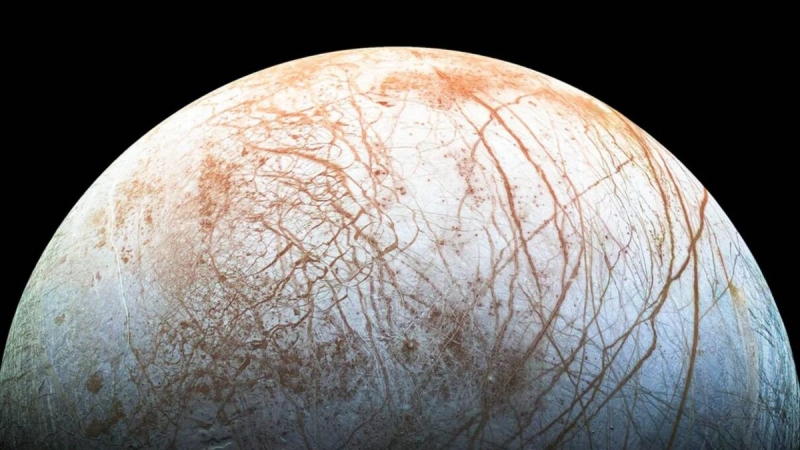
Jupiter's moon
NASA wants to send a mission to Jupiter's moon Europa to assess its habitability. According to scientists, it contains twice as much water as on Earth.
The Europa Clipper mission is scheduled to lift off from the Kennedy Space Center in Florida at 12:06 p.m. local time on October 14. The previous launch was canceled due to Hurricane Milton. The Guardian reports.
If there are no further obstacles, the six-tonne spacecraft – the largest NASA has ever built for a planetary mission – will fly past Mars and circle Earth before flying to Jupiter The ship will cover almost 3 billion km and reach Europe in 2030.
Although a mission costing $5 billion won't look for life on Jupiter's cold moon, the probe's suite of instruments will comb Europa's surface for traces of organic compounds and “sniff” gases emitted from the moon to assess whether it is habitable.
This is a chance for us to explore not a world that might have been habitable billions of years ago, but a world that might be habitable today, right now,” said Kurt Niebuhr, a mission program scientist.
200% Deposit Bonus up to €3,000 180% First Deposit Bonus up to $20,000The spacecraft is more than 30 meters long from end to end, thanks in large part to the extra-large solar panels needed to generate enough power for the probe's electrical systems so far from the Sun. It carries nine instruments, including cameras to map the moon's surface and radar to peer beneath the moon's thick ice cover.
Previous observations of Europa have revealed giant plumes of water spewing from its icy surface and evidence of a 128km-deep subsurface ocean containing twice as much salt water as Earth beneath a 16- to 24km-thick layer of ice. If life originated on Jupiter's moon, similar in size to Earth, then the geysers may contain substances that could indicate this.
Water is essential for life as we know it, and if we're going to find life elsewhere in the solar system, it's very likely to be on an icy moon like this one, said Dr. Caroline Harper, head of space science at NASA UK.
To protect against Jupiter's radiation, sensitive Europa Clipper's electronics are housed in an aluminum shielded vault, and instead of orbiting Europa itself, it will circle the planet, from where it will make 49 circular flybys of the satellite, one every few weeks.


